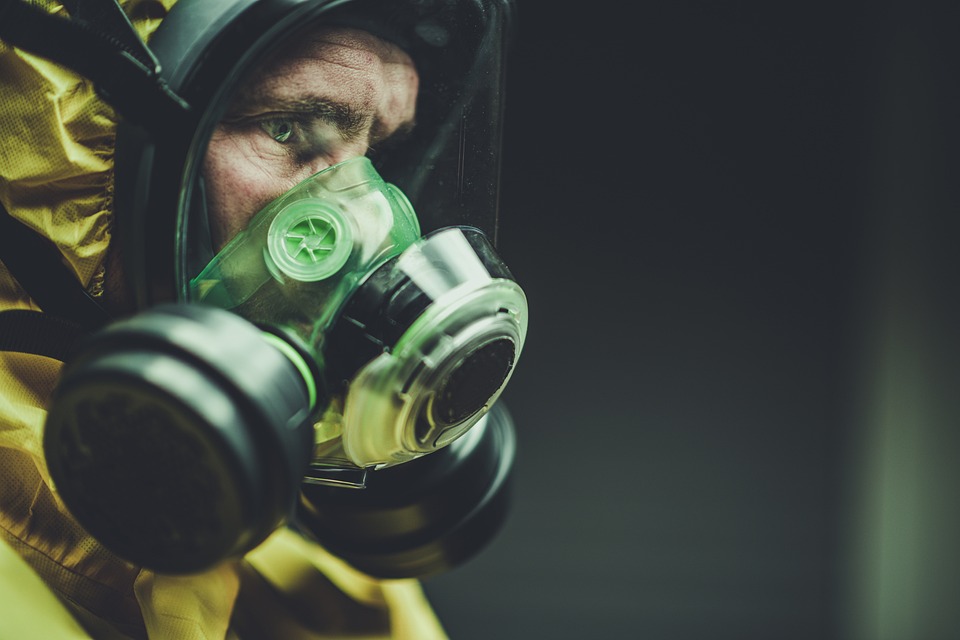Title: Dancing with Fire: The Activities of Lava Lakes and Lava Fountains
Introduction
The earth is a vibrant, ever-changing entity that never ceases to amaze its inhabitants. Among the most mesmerizing of geological phenomena are lava lakes and lava fountains – their continuous activities intriguing onlookers and inspiring awe. This article investigates these extraordinary geological phenomena, exploring their formation, behavior, and impact on the surrounding environment.
Understanding Lava Lakes and Lava Fountains
Formation of Lava Lakes:
Lava lakes are vast bodies of molten rock that exist within the crater or caldera of a volcano. The lava pooling and accumulating within the crater is directly related to the consistent supply of magma through the vent. This steady supply of lava is primarily due to the volcanic structure, which acts as a natural conduit, facilitating the flow of magma to the surface.
Factors Contributing to their Activities:
Lava lakes and fountains demonstrate varying levels of behavior depending on the intensity of volcanic activity, the viscosity of the lava, and the size of the conduit channeling the magma. When these factors unite favorably, the lava adopts a more fluid behavior, leading to the formation of splendid fire fountains.
Lava Fountains:
Lava fountains, or fire fountains, are volcanic eruptions marked by the ejection of molten or semi-molten lava in an arched trajectory. The height of these fiery displays is largely influenced by the viscosity and gas content of the erupting lava. More viscous lava with higher gas content tends to produce higher lava fountains, projecting molten material into the atmosphere and creating a mesmerizing, yet dreadful display.
Interactions between Lava Lakes and Lava Fountains:
Sometimes, a lava lake may also foster lava fountains within its confines. The intense heat and pressure within the lake create an ideal environment for the occurrence of fire fountain displays, as the heat causes the trapped gases to expand, leading to explosive eruptions. This phenomenon presents a magnificent but dangerous spectacle, combining the hypnotic dance of glowing lava with the unrestrained discharge of incandescent molten rock.
Effects on the Environment:
The eruptions of lava lakes and lava fountains bring about changes in both the immediate and long-term environment. The immediate vicinity surrounding a volcano may be subjected to pyroclastic flows, ashfall, and the emission of toxic gases. Over time, the volcanic material contributed by the lava lakes and fountains can enrich the soil with vital nutrients, leading to flourishing ecosystems and benefiting local agriculture.
Image description:
A stunning, breathtaking display of fire fountains amidst the glowing lava, reflecting off the surrounding crater walls. The fiery spectacle presents an intense kaleidoscope of radiant hues ranging from glowing embers to searing scarlets.
FAQs
Q: Are lava lakes permanent features?
A: Lava lakes are not permanent features; their presence depends on consistent volcanic activity that maintains the dynamic balance of heat and magma. Any major change in volcanic activity signals their eventual disappearance.
Q: Can we predict when a volcano will form a lava lake?
A: While monitoring volcanic activity can provide some insight into forthcoming events, accurately predicting the formation of lava lakes remains challenging. Scientists closely observe signs like increased seismic activity, the influx of magma beneath the volcano, and elevated temperatures to forecast changes in volcanic behavior.
Q: Are lava fountains more dangerous than lava flows?
A: Lava fountains and flows both pose significant hazards. The explosive nature of fire fountains makes them potentially deadly due to the discharged hot, molten debris. Conversely, the high-temperature heat and potential for creating rapid and destructive flows make lava streams perilous.
Q: Can you tell what color a lava lake or lava fountain is, depending on its temperature?
A: Yes, the color of lava depends on its temperature. Lava can display various colors, such as bright orange/red around 1,200-1,500°C (2,192-2,732°F), bright yellow/white around 1,500-1,700°C (2,732-3,092°F), and pale white/gray at temperatures below 1,000°C (1,832°F).
In conclusion, studying and appreciating the captivating events of lava lakes and lava fountains provide valuable insight into the dynamic earth and the compelling forces of nature. Though awe-inspiring, it is crucial to stay informed and aware of the risks associated with volcanic activity, ensuring the safety of both humans and the environment.


